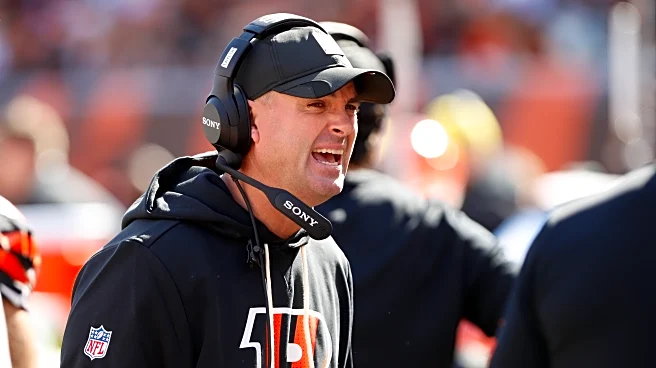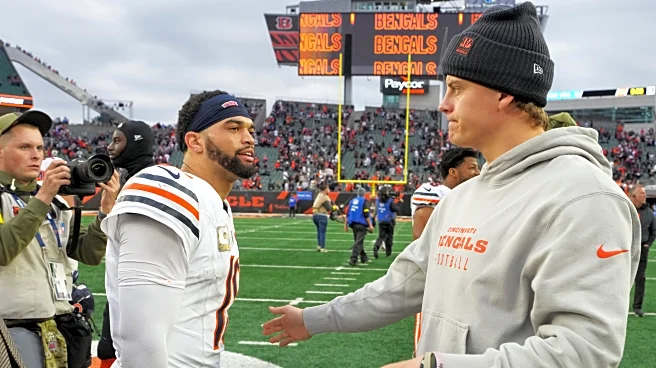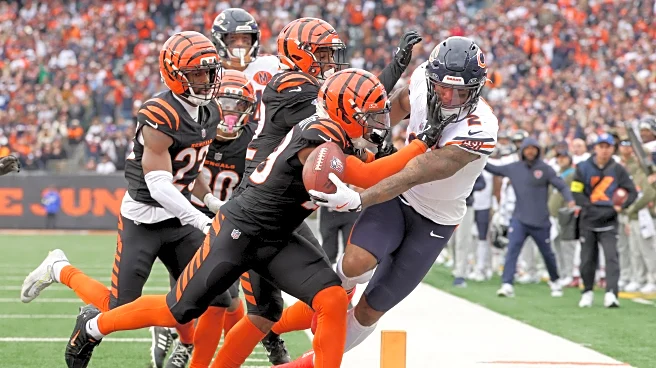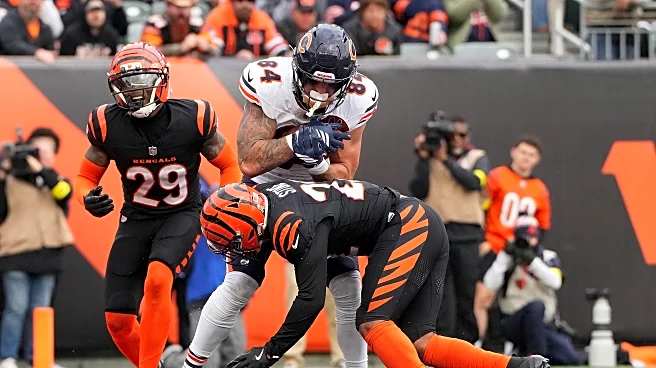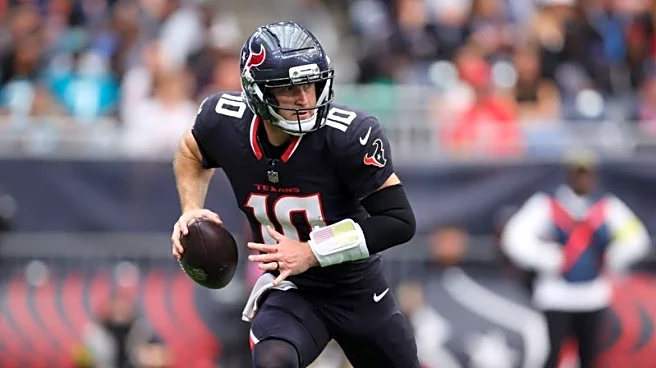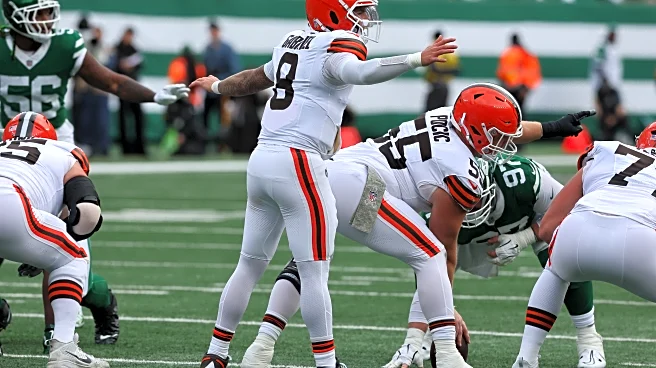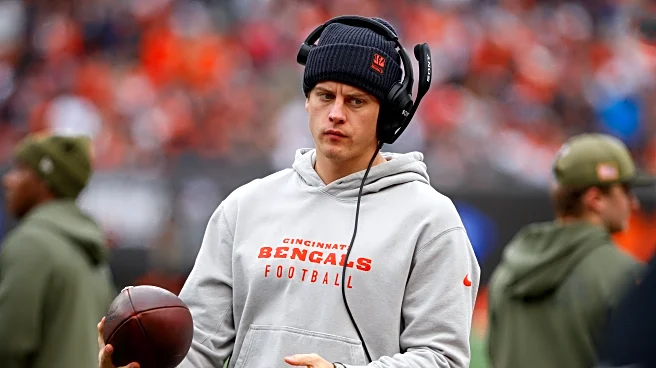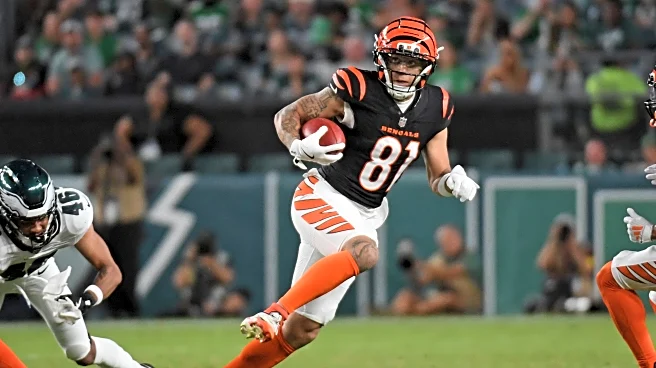The Cincinnati Bengals are officially in a tailspin…again.
Hopes of rebounding from a crushing Week 8 loss to the Jets were obliterated, as the Cincinnati defense imploded in crunch time, shattering any
possibility of an improbable Bengals comeback against the Bears.
After giving up 39 points to a struggling New York offense, Al Golden’s unit responded by allowing 47 points, including Chicago’s game-winning touchdown with 17 seconds left in regulation.
Both of these scenarios also occurred on the Bengals’ home field.
One of the narratives or choruses from masses in recent years has surrounded head coach Zac Taylor relinquishing offensive play-calling duties. The reasoning behind these public calls has largely been because of immense dry spells on offense and/or slow starts on that side of the ball to begin seasons.
What we’ve learned since Taylor became the Bengals’ head coach is that while Taylor has the ultimate say, he works in conjunction with other members of the offensive staff and the quarterback. Whether it’s in the overall game plan or in giving the quarterback freedom to call audibles, that’s the basic structure of the team’s offensive play-calling process.
To Taylor’s credit, there have been instances wherein he and his staff have pulled the offense out of these slumps, even when franchise quarterback Joe Burrow was out of the lineup. This team, Burrow available or not, has been known to be incredibly streaky, for better or worse.
As of recently, the offense hasn’t been the primary issue for the Bengals, sitting at 3-6 heading into their bye week—at least not recently. After starting 2-0, Jake Browning struggled mightily in relief of Burrow, but the arrival of Joe Flacco has remedied things greatly on that side of the ball.
In his four starts, the offense is averaging 32.8 points scored per game, while Flacco has sported a more-than-admirable 11:2 touchdown to interception (one of them was a Hail Mary) ratio. Yet, in those four games, Cincinnati is inexplicably 1-3.
The reason for this most recent slide is due to Golden and the defense. Poor angles and tackling, as well as routinely getting blown off the line of scrimmage, have become routine in the past few weeks. And any semblance of the unit being opportunistic has gone out the window, with the team failing to net a turnover in the past two games—both losses.
This time around, calls for Taylor to give up offensive play-calling duties (even if only temporarily) should center solely around centering his attention more on the ailing defense. It may seem like an odd concept to have an offensive-minded coach and former quarterback get his hands dirty with the defensive unit, but that’s the role of a head coach—overseeing ALL aspects of a football team and plugging holes in the dam when they arise.
This concept should also bear weight if the team continues its slow-moving and conservative ways, in the form of coaching changes. If the Bengals are determined to stick with Golden and his slew of new assistants after just half a season, Taylor should be intimately involved in fixing the many issues there.
His involvement could range from having one-on-ones with players or heart-to-heart chats with position groups, with or without other defensive staff present, to root out issues. It could also include his preference of scheme and player usage, if that somehow conflicts with Golden’s views.
Of course, the opposite side of the argument for Taylor’s higher level of involvement would center around a talent and/or development issue. That stance definitely bears weight, but it’s also unfortunately more of a long-term organizational issue that would take another offseason (or more) to truly fix.
Almost nothing should be off the table at this point, as where the Bengals currently stand is eerily similar to the 2018 campaign, which was Marvin Lewis’ final one with the team. Regardless, blending Cincinnati’s sometimes-notorious patience with the proper level of urgency needs to take place—particularly during the bye week.
